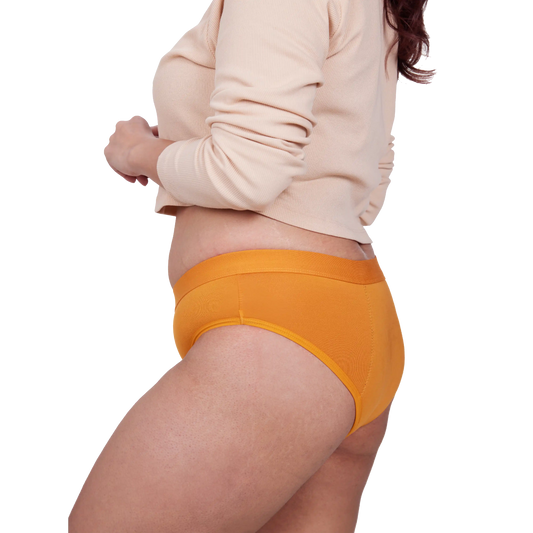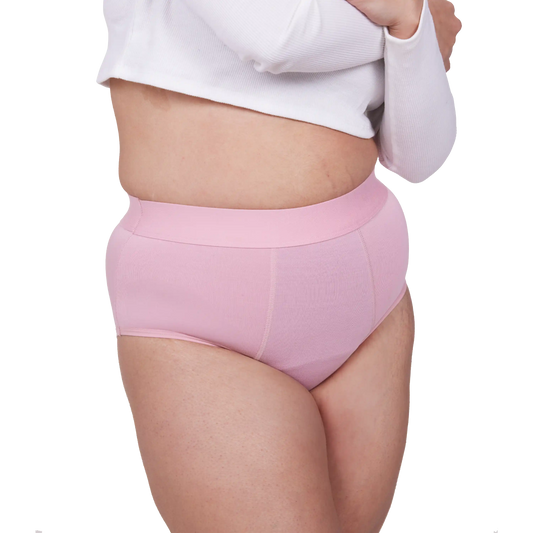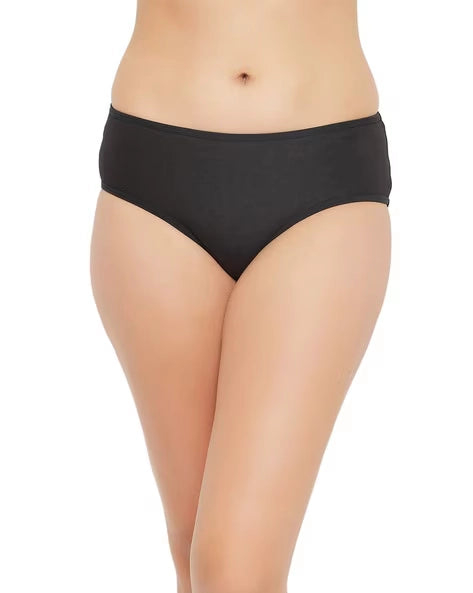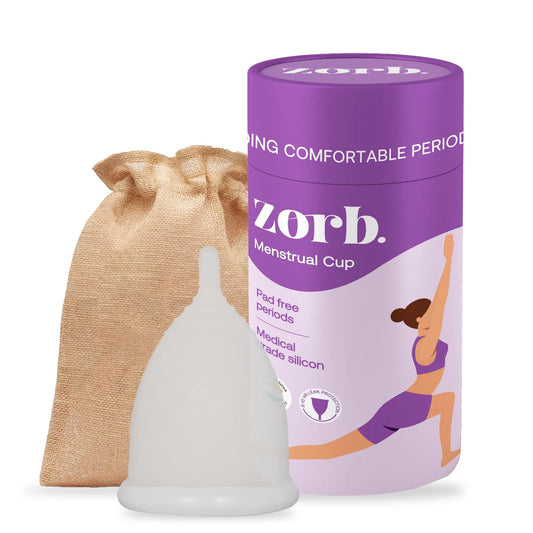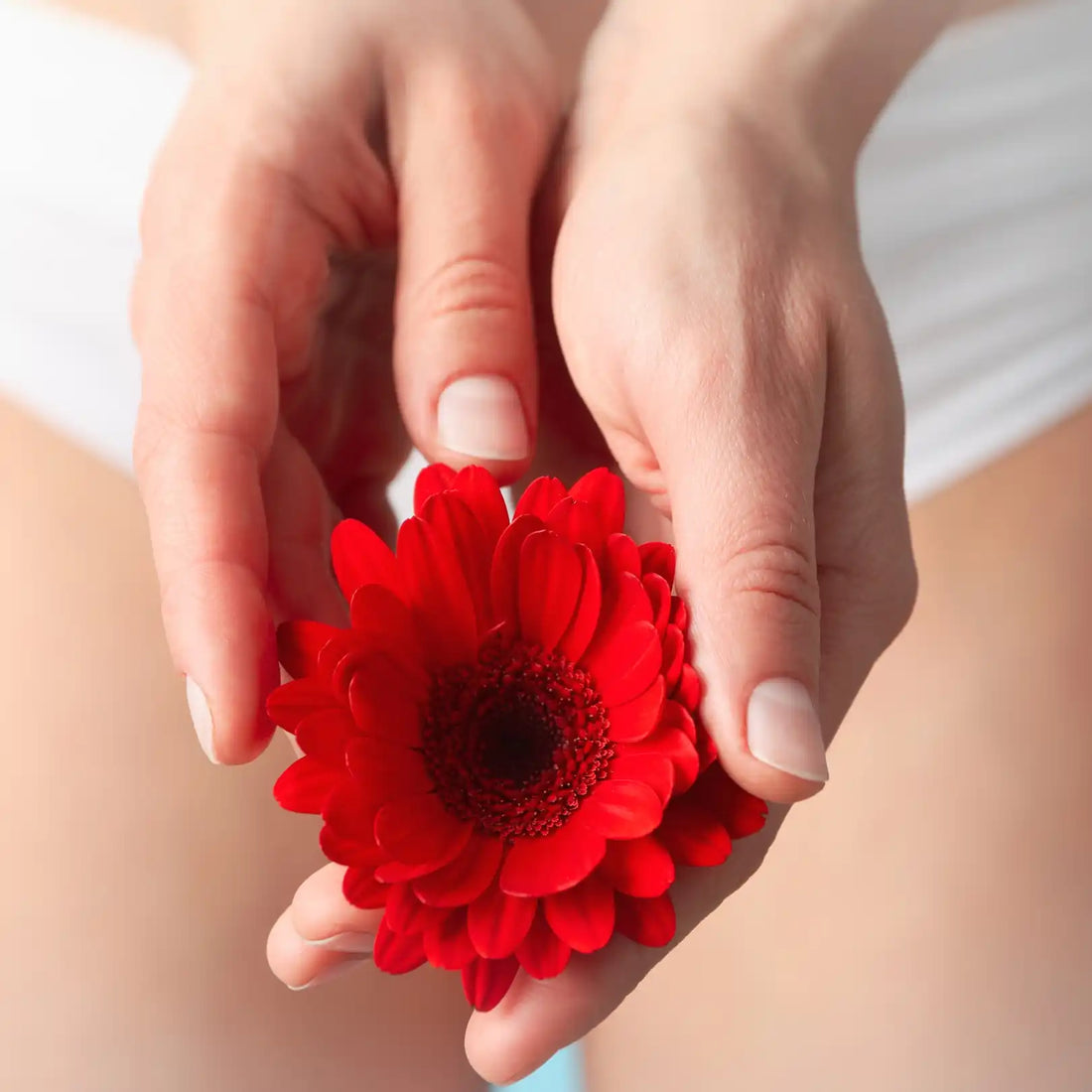
Best Ways to Manage Your Sanitary Waste in 20 Years
Sakshi GargShare
Imagine this:
It’s the year 2045. You’re living your best life in a futuristic home where your fridge talks to you, your wardrobe organizes itself, and you haven’t misplaced a hair tie in years (okay, maybe some things never change).
But under the earth, in some far-off landfill, a little piece of your 2025 self is still chilling… literally unchanged. That little piece? A plastic sanitary pad you tossed two decades ago. Yep. It’s still there. Looking almost exactly the same.
Menstrual products are something we use without thinking much about their afterlife. But if you could see what your sanitary waste looks like in 20 years, you might start making different choices today.
So let’s take a playful yet honest journey into the time capsule of your period products: plastic sanitary pads, menstrual cups, period panties, cloth pads — and see how they age… or don’t.
Chapter 1: The Eternal Youth of Plastic Pads
Plastic sanitary pads are like that one celebrity who somehow looks the same after 20 years — except it’s not because of good skincare. It’s because they are basically 90% plastic.
A disposable pad has multiple layers of polyethylene (plastic), adhesive, and synthetic materials. These don’t decompose like food or paper — they can take 500 to 800 years to break down. That means your pad from 2025 will still be here when your great-great-great-grandchildren are arguing over which Mars colony to live in.
After 20 years underground?
-
Looks: Slightly faded, maybe some dirt stains, but otherwise intact.
-
Smell: A combo of landfill mystery and chemical residue.
-
Impact: Still releasing microplastics into soil and water.
Every year, India alone throws away over 12 billion disposable pads — that’s a massive mountain of very slow-decaying, non-biodegradable waste.
So in 20 years, your pads will still be around, gossiping with their landfill neighbors about how humans still haven’t learned.
Also read: Power of Education: Promoting Sustainable Period Practices in School
Chapter 2: Tampons – Smaller, but Still Trouble
Tampons feel smaller and less bulky than pads, so it’s tempting to think they’re “less waste.” Unfortunately, many come wrapped in plastic applicators and have polyester or rayon blends. Those materials? Same plastic problem.
After 20 years underground:
-
Looks: Cotton parts may decompose partially, but the synthetic fibers and applicator remain.
-
Impact: Adds to plastic pollution and microfibers in oceans if flushed (never flush!).
The only better news? If you choose organic cotton tampons without applicators, they can break down faster — sometimes within 5 years in composting conditions.
Check out organic tampons that will make your life simpler and planet more happy.

Chapter 3: Menstrual Cups – The 20-Year MVP
Now here’s a twist: a menstrual cup is made to last up to 10 years if cared for properly, and even if thrown away, it’s far less harmful than single-use pads.
After 20 years:
-
If you still have the cup — it might be a little discolored, but it’s still functional. Some women might even turn their old cup into a tiny plant pot (yes, that’s a thing).
-
If you threw it away — silicone can take hundreds of years to decompose BUT it is 100% recyclable, AND you’d have generated significantly less waste compared to using pads/tampons every month for those same years.
One menstrual cup can replace 2,400 pads or tampons over a decade. That’s a landfill diet plan the planet would love.
Chapter 4: Period Panties – The Undercover Hero
Period panties look like regular underwear but have built-in absorbent layers. Made with fabrics like organic cotton, bamboo, or microfiber, they can last 3–5 years with good care.
After 20 years:
-
If you kept them — probably worn out, but hey, they served you well.
-
If in landfill — Recyclable and natural fibers break down faster, but any synthetic blends can linger.
The main win? You only generate waste every few years instead of every month. That’s a big leap toward zero waste periods.
You can now choose your preferred period panties based on size, colors, variety, type of flow and so much more! Just Click here to know more.
Chapter 5: Cloth Pads – Grandma Was Right
Before plastic pads were a thing, cloth pads were the norm. Today, modern reusable pads come in cute prints, leakproof linings, and soft organic cotton.
After 20 years:
-
If cared for — they might have retired after 3-5 years of service.
-
In landfill — Recyclable and natural fabrics break down faster, but waterproof PUL layers may stick around longer.
Best part? You can compost pure cotton pads at the end of their life, making them compostable pads in true sense.
Whenever in doubt try AVNI Lush Reusable Cloth Pads! Starting at just Rs 499/- for a set of two!
Chapter 6: Organic Pads – The Middle Path
If plastic sanitary pads are the eternal guests in the landfill and cloth pads are the zero-waste champs, organic pads are somewhere in the middle — a gentler compromise for people not ready to make the leap to reusables.
Organic pads are usually made with organic cotton, sometimes combined with biodegradable back sheets made from corn starch or plant-based materials. They’re free from chlorine bleaching, artificial fragrances, and most plastics (though some still have a thin leakproof layer).
After 20 years:
-
Fully biodegradable versions — if disposed of in compostable conditions, they could be completely gone in 1–2 years.
-
Semi-biodegradable versions — organic cotton top sheet may break down in a couple of years, but the thin plastic lining could still be around decades later.
-
Impact — Even with minor plastic components, they’re far better than traditional pads in terms of period waste management.
Why people choose them:
-
Softer and safer for sensitive skin.
-
Less sweaty and plasticky than regular disposable pads.
-
They let you feel like you’re doing something for the planet without changing your entire period routine overnight.
Pro tip: If you’re going to go for organic pads, look for brands that are fully compostable.
Chapter 7: What a 2045 Landfill Really Looks Like
Let’s time travel for a second.
In a landfill 20 years from now:
-
Your plastic sanitary pads from 2025? Still there, probably watching over the newer 2044 models.
-
Your tampon applicators? Hanging out like stubborn party guests.
-
Your menstrual cup? Maybe just one of them, but still whole.
-
Your period panties or cloth pads? If they were pure cotton, they’ve already vanished.
This means — in 20 years, the choice you make today will literally decide whether your menstrual waste is a quick visitor or a permanent guest on Earth.
Chapter 8: The Environmental Price Tag
Let’s put this into numbers for perspective:
-
A single person using disposable pads generates 125–150 kg of plastic waste in 20 years.
-
Switching to reusable products like menstrual cups, period panties, and cloth pads can cut that by over 90%.
-
If just 10% of menstruating people switched to sustainable period products, we’d save billions of pads from entering landfills each year.
Chapter 9: How to Make Your Period Waste-Free (or Almost)
-
Start small – Swap one product at a time. Maybe try a cloth pad day or period panty night.
-
Pick compostable pads if you’re not ready for reusables.
-
Invest in a menstrual cup — even if you use it part-time, it makes a huge difference.
-
Learn proper care — washing and storing reusables well extends their life.
-
Dispose mindfully — if you must use disposables, wrap and discard them properly to avoid hygiene hazards.
Chapter 10: Your 2045 Letter to Yourself
Dear 2025 Me,
Thanks for not sending me to live in a landfill forever. I’m enjoying life with my garden, my clean air, and a beach that isn’t sprinkled with pad wrappers. Oh, and remember that menstrual cup you bought? Still a champ.
Love,
Your 2045 Self
Conclusion
The takeaway? Your period doesn’t have to leave a 500-year mark on the planet. You have options — reusable pads, menstrual cups, period panties, biodegradable sanitary pads — that make your 20-year waste story one you’d actually want to read.
So the next time you shop for menstrual hygiene products, think of it as writing a love letter to your future self… and to the planet.





